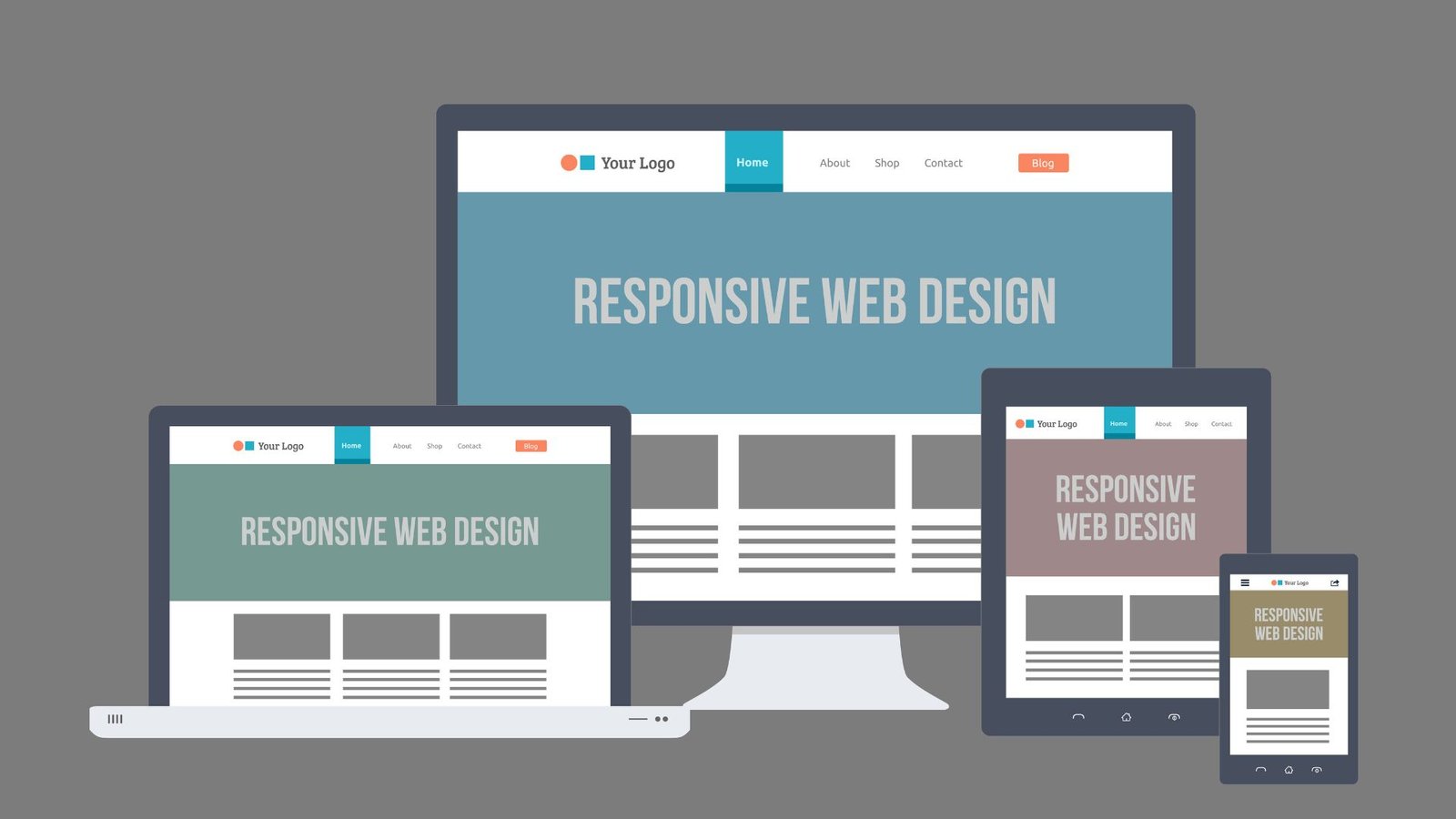Creating accessible websites ensures that everyone, including people with disabilities, can navigate and interact with your content. Accessibility is not just a legal requirement but also a fundamental aspect of user experience that broadens your audience and enhances usability. This guide outlines essential practices and considerations for making your website accessible to all users.

Understanding Web Accessibility
Web accessibility means designing and developing websites that everyone can use, including people with disabilities. Disabilities may include visual, auditory, motor, and cognitive impairments. For instance, users with visual impairments might rely on screen readers, while those with motor impairments may use keyboard navigation. Ensuring accessibility involves addressing these needs through thoughtful design and development practices.
Following Web Content Accessibility Guidelines (WCAG)
The Web Content Accessibility Guidelines (WCAG) provide a comprehensive framework for creating accessible web content. WCAG outlines principles such as perceivable, operable, understandable, and robust. These principles help ensure that web content is accessible to all users. For example, providing alternative text for images (perceivable) and ensuring keyboard navigation (operable) are critical for accessibility. Familiarize yourself with WCAG guidelines to create a more inclusive website.
Designing for Visual Accessibility
Designing for visual accessibility involves creating content that is easily readable and navigable for users with visual impairments. Use high-contrast color schemes to ensure text readability against backgrounds. Avoid using color alone to convey information; provide text labels or patterns to supplement color cues. Additionally, ensure that font sizes are adjustable and that text is clear and legible. Visual design choices directly impact users’ ability to access and understand content.
Implementing Keyboard Navigation
Keyboard navigation is essential for users who cannot use a mouse. Ensure that all interactive elements, such as links, buttons, and form fields, are accessible using keyboard commands. Test your website’s keyboard navigation to verify that users can move through all elements in a logical order. Implement focus indicators, such as visible outlines, to show which element is currently selected. Proper keyboard navigation enhances usability for users with motor impairments and improves overall accessibility.
Adding Alt Text to Images
Alt text provides a textual description of images for users who rely on screen readers. When adding alt text, describe the image’s content and function accurately and concisely. Avoid using phrases like “image of” or “picture of”; instead, focus on conveying the image’s purpose or meaning. For example, for an image of a button that says “Submit,” use alt text like “Submit button.” Properly written alt text ensures that users with visual impairments can understand the content of images.
Creating Accessible Forms
Accessible forms are crucial for users who rely on assistive technologies. Label form fields clearly and ensure that labels are associated with the corresponding input fields. Provide error messages that describe the problem and offer guidance for correction. Ensure that form controls are operable via keyboard and screen readers. Testing forms for accessibility helps prevent barriers for users who need assistive technologies to complete forms.
Conclusion
Creating accessible websites is crucial for ensuring that everyone, regardless of their abilities, can access and interact with your content. By following guidelines such as WCAG, designing for visual and keyboard accessibility, and implementing features like alt text and captions, you can enhance the inclusivity of your site. Regular testing and staying updated with accessibility trends help maintain a high standard of accessibility. Prioritizing accessibility not only meets legal requirements but also demonstrates a commitment to providing an inclusive digital experience for all users.




